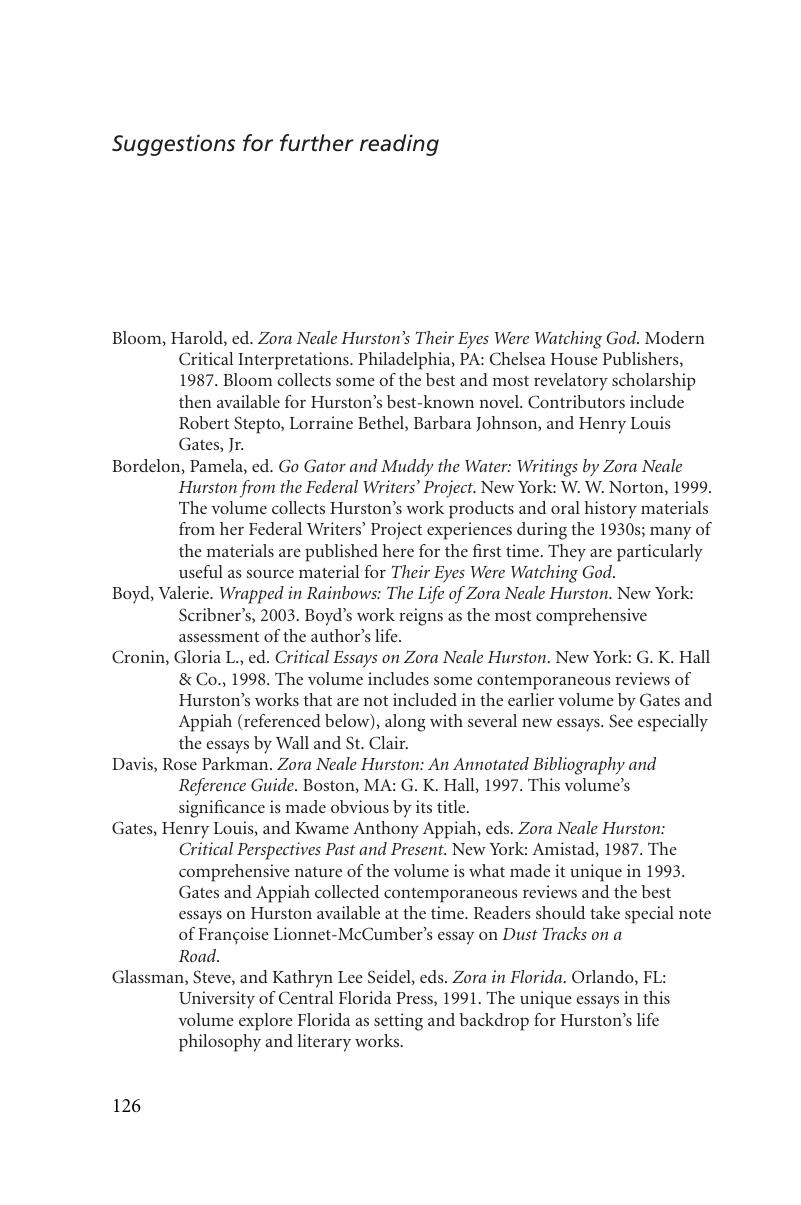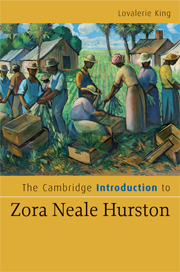Plant, Deborah G.Every Tub Must Sit on Its Own Bottom: The Philosophy and Politics of Zora Neale Hurston.
Urbana and Chicago, IL: University of Illinois Press,
1995. The one volume devoted specifically and pointedly to Hurston's philosophy and politics. Using the folk euphemism for self-reliance and self-determination as a rubric, Plant connects Hurston's thinking to Nietzsche, Spinoza, Booker T. Washington, and others, which significantly aids our understanding of Hurston's politics, influences, and motivations.
Google Scholar 



